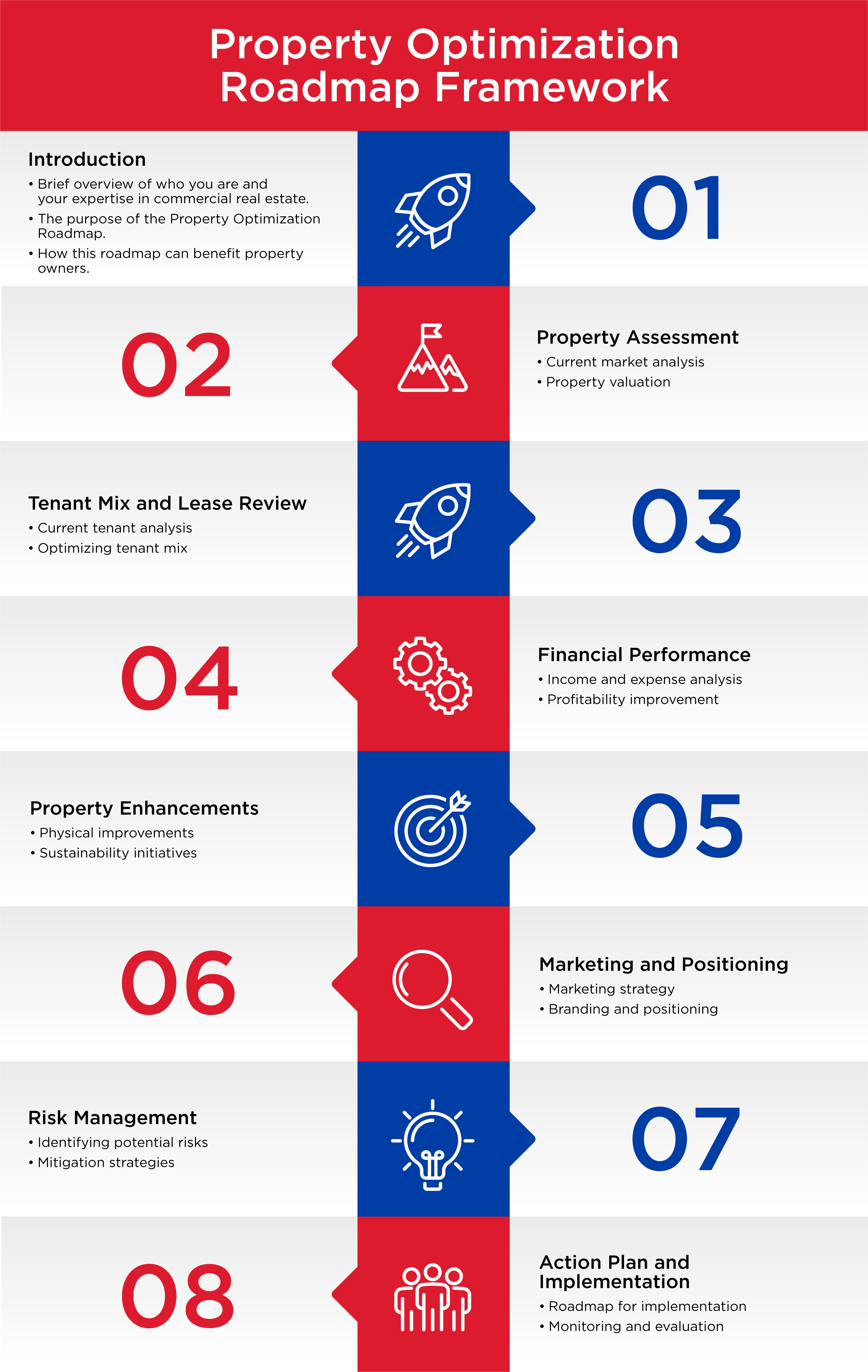With over 29% of workers in America working in a hybrid environment, it’s clear that hybrid work is here to stay—and it’s reshaping the office property landscape. As more companies embrace flexible schedules, office property owners face a choice: adapt to meet new tenant demands or risk losing value.
Unutilized spaces, outdated layouts, and a lack of flexibility are becoming increasingly common pitfalls that drive vacancy rates up and NOI (net operating income) down. However, by rethinking these spaces and aligning them with what hybrid tenants truly need, owners can turn these challenges into powerful advantages. Here’s how.
The Bottom Line
1. Tackling Unutilized Space
Concern: With fewer employees in the office at any given time, many property owners are seeing once-bustling areas go underused. Unutilized space typically increases operating costs without adding value. Opportunity: Owners can reimagine underused spaces by converting them into shared amenities like collaboration zones, event areas, or short-term leasing options. Shared spaces typically appeal to hybrid tenants who want flexibility and cost-effectiveness, making properties more competitive.2. Reconsidering Space Layouts
Concern: Tenants now look for spaces that support flexibility, collaboration, and privacy. The wrong kind of space—like too many individual offices or rigid cubicle setups—may limit your building’s appeal. Opportunity: Landlords can react proactively by opening layouts with modular designs, joining the new trend and standard. These types of layouts support common work formats of today’s hybrid workforce, such as hot-desking, team areas, and individual workstations.3. Adapting to New Technology Requirements
Concern: Hybrid tenants need reliable, tech-friendly office spaces. Properties that lack strong internet infrastructure or fail to support video conferencing and shared workspaces risk falling behind. Opportunity: Offering tech amenities like high-speed Wi-Fi, video conferencing capabilities, and smart building technology sets your property apart from the rest—especially if they’re available for free or at a discount.4. Managing Tenant Expectations
Concern: Hybrid work has shifted tenant expectations. Today’s tenants now expect more from office properties in terms of flexibility, cleanliness, and safety. For owners, this means aligning with evolving needs while balancing operational costs. Opportunity: Owners who engage with tenants regularly and gather feedback can make adjustments that foster long-term relationships without causing additional relational strain. Steps and adjustments can be simple, such as updating cleaning protocols to match client preferences, installing air filtration systems, or offering flexible leasing terms.Why It Matters
For office property owners, the hybrid work shift offers both risks and rewards. Spaces that cater to flexible schedules and support team collaboration are in high demand, although they come at a higher-than-average initial cost.Here’s The Details
Start by surveying your property’s occupancy trends to identify underused areas, then explore conversion options that align with tenant needs. For example, converting large conference rooms into versatile, partitioned meeting rooms can attract hybrid workers with flexible needs. As you identify areas of opportunity, work with a designer to create more flexible, modular floor plans. If budget permits, consider adding elements like sliding walls, movable furniture, and shared amenities that drive your property’s ROI over time, and that tenants can easily adapt to their needs. Once you’ve begun improving the underused areas of your space, audit your current tech capabilities and consider upgrades that will enhance tenant experiences. Many investors partner with IT firms or telecom providers to offer managed services or even co-branded networking options for your tenants to enjoy at a discount. Lastly, consider establishing regular check-ins or surveys to assess tenant satisfaction and gauge new expectations. You can then adjust your amenities and services as needed to ensure you’re meeting—and exceeding—current market standards.Are you ready to take your office property to the next level in a hybrid world?
Connect with our team to explore strategies tailored to maximize your property’s potential in this evolving market.











